Creopal
Denture Teeth
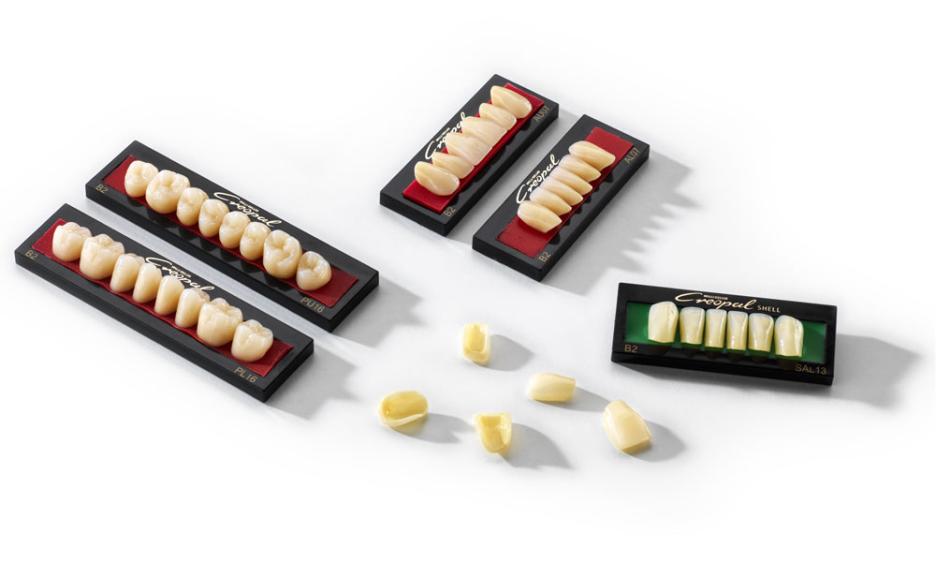
High aesthetics, stability and efficiency: Creopal is a modern system of composite teeth with enhanced strength – the result of intercultural exchange. In a project lasting several years, the surface texture of the anterior teeth was developed by master ceramist Willi Geller and the functional design of the posterior teeth by Yasuhiro Odanaka.
The ten anterior and five posterior tooth shapes for the maxilla and mandible are matched perfectly. Particularly impressive features include their natural morphology and surface texture as well as their extraordinary gloss. As a result of their balanced filler content, the highly compacted acrylic teeth provide high abrasion and flexural strength.
The exclusive range of denture teeth also includes multifunctional composite facets for the anterior and posterior region. Despite their extremely thin layer thickness, these Creopal Shells achieve the same colour effect and same brightness value as full contour teeth - creating a masterful impact!
Individually adaptable and for multiple indications: the Creopal system is available in 16 Vita® and two bleach tooth shades, for perfect colour adaptation with acrylic and ceramic materials, the Creopal Shells are available in a limited range of shades. The denture teeth manufactured in a four-layer process and the Creopal Shells (two-layer process) are suitable for both partial, combination and implant restorations as well as for full dentures and as a set-up or mock-up for aesthetic try-ins and backward planning. The tooth shapes can be ideally individualised and combined - best with the composite Creation VC!
Creopal denture teeth and shells – for individual tooth aesthetics!
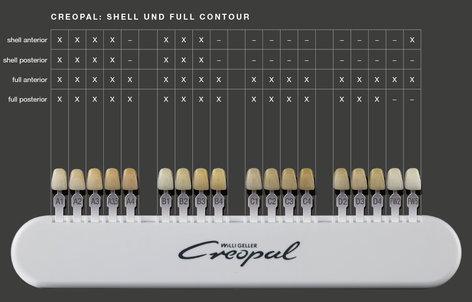
Set-up principles:
Indications for Creopal and Creopal Shells:
Planning and temporaries
Combination techniques
Full dentures

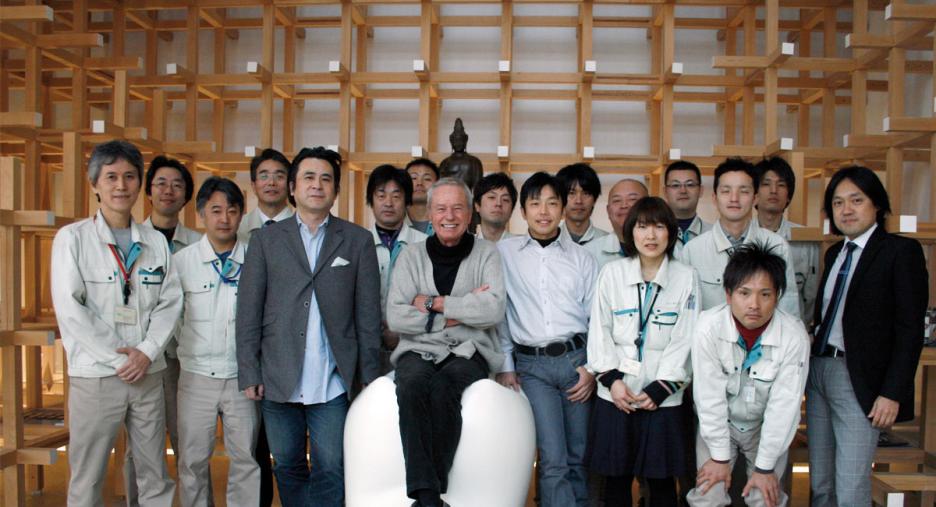
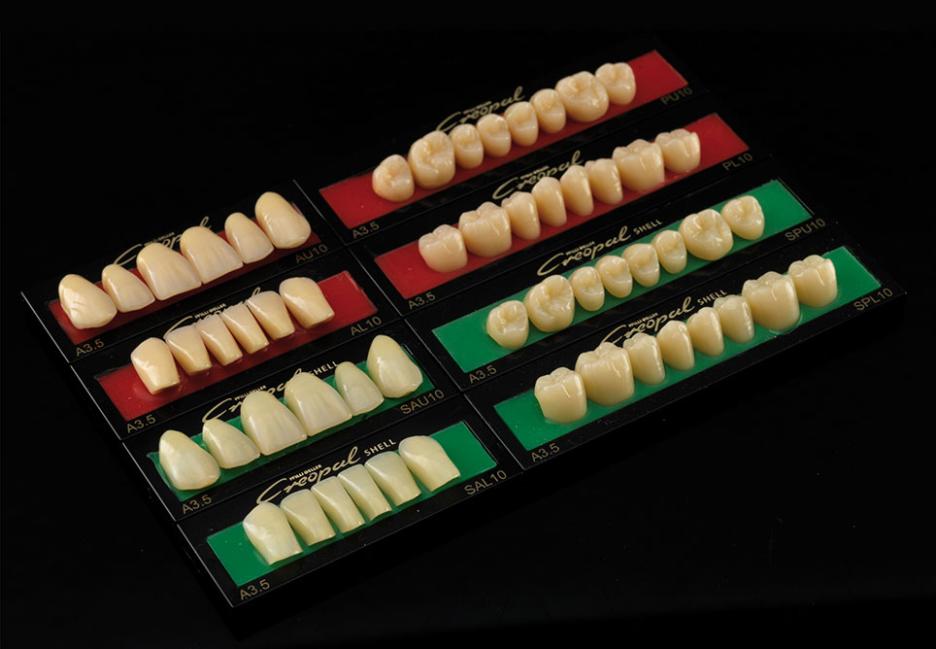
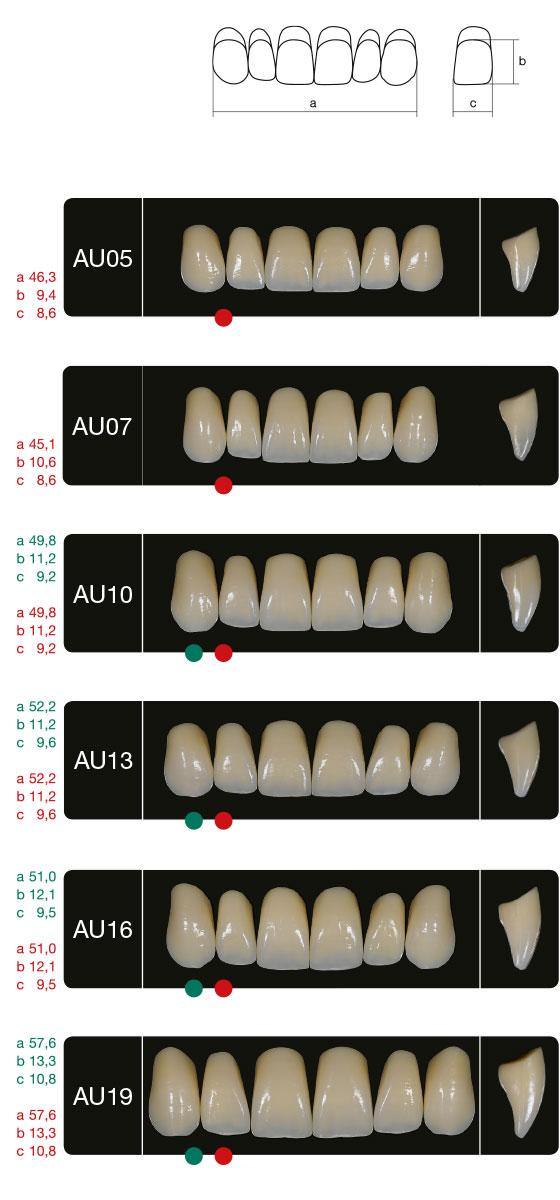
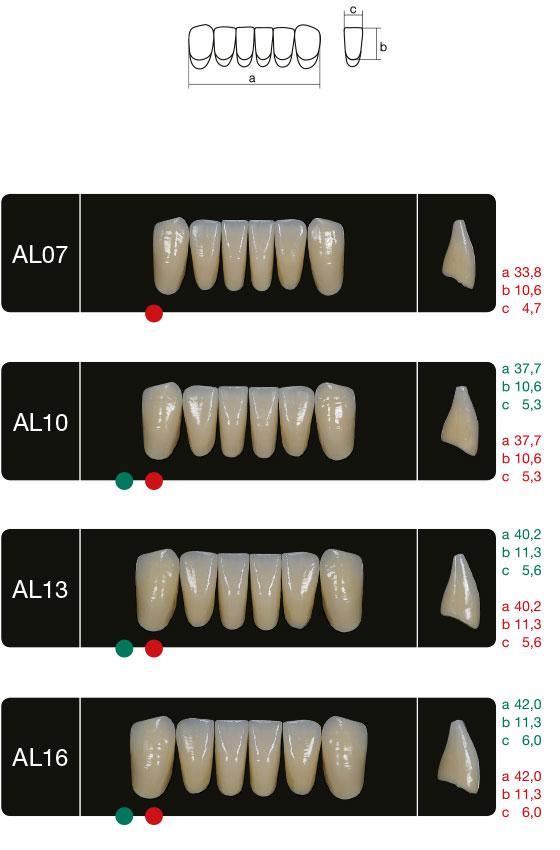
Typ AU
Maxillary anterior teeth
Typ AL
Mandibular anterior teeth

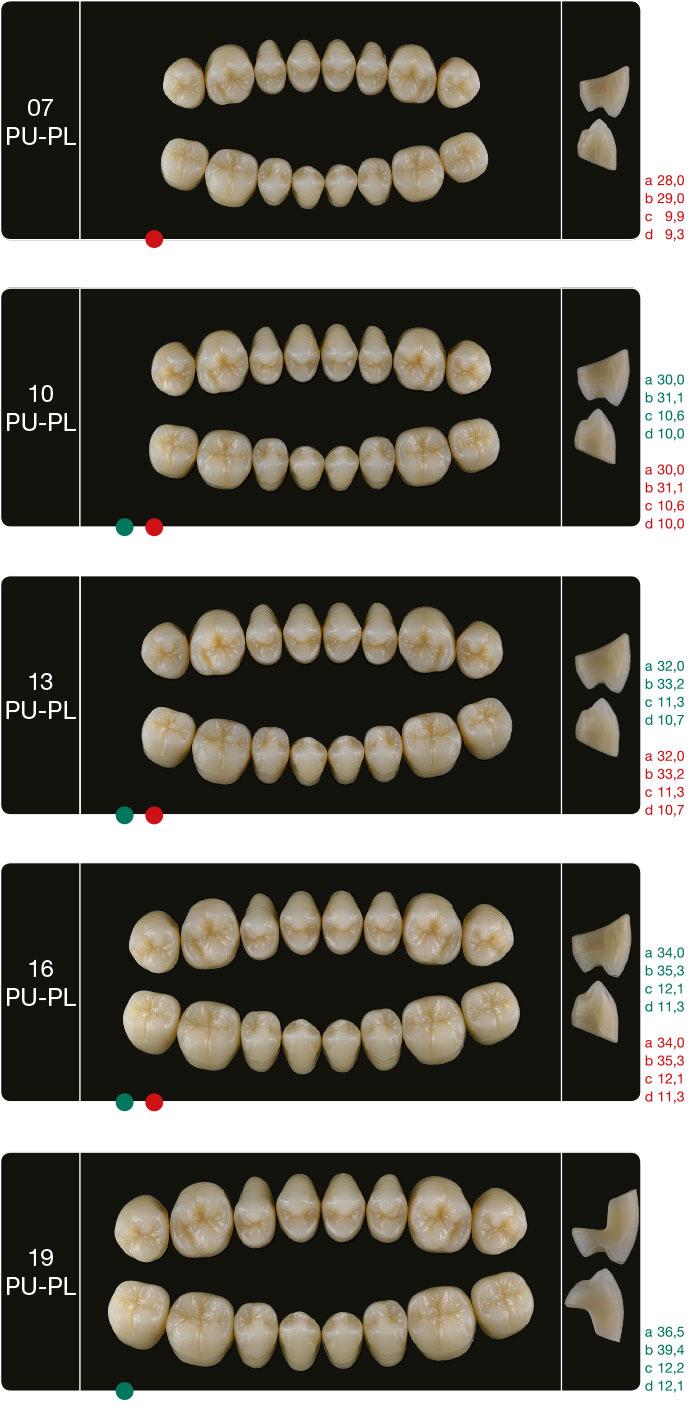
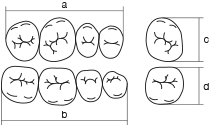
Contact relationship in statics
Flat intercuspidation
Calotte: 140
Can readily be used in the combination technique and full dentures due to the anatomical shape and the cusp inclination.